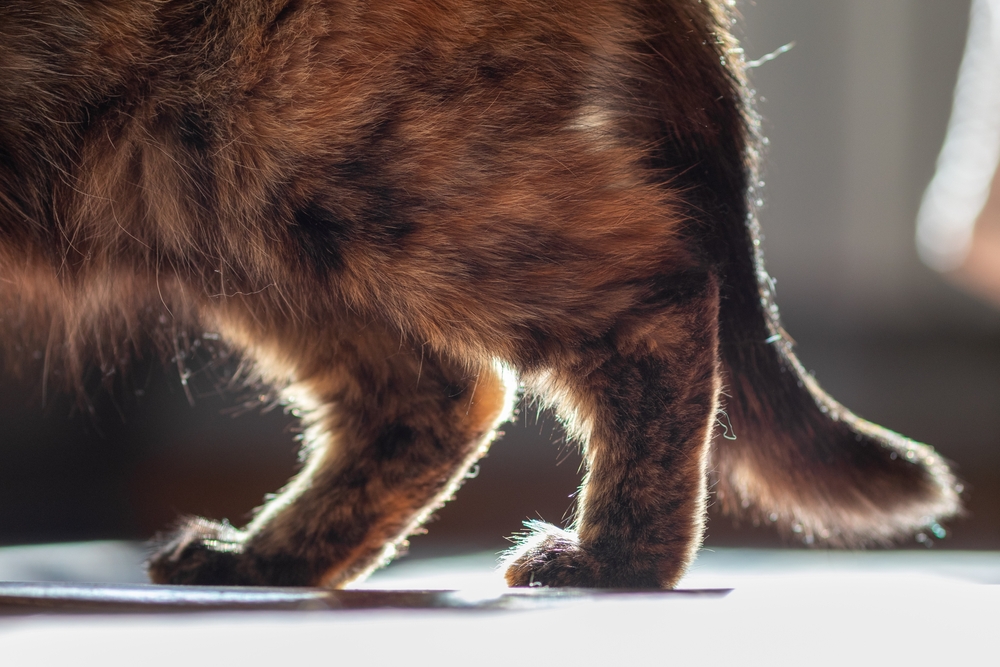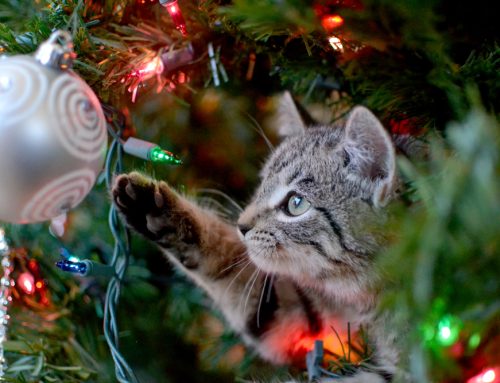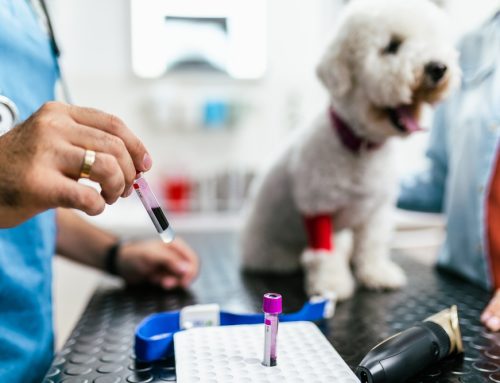Feline arthritis, also known as degenerative joint disease, is more common than you might think, affecting 60% of cats older than age 6 and 90% of cats older than age 10. Until recently, feline arthritis was less recognized by pet owners and veterinary professionals than arthritis in dogs, making it essential for cat owners to educate themselves about this common and painful condition. Cats are skilled at hiding pain and discomfort, and the signs of arthritis may be subtle. Well-meaning owners often assume their feline friend is slowing down because of age when it could be a result of joint pain. Our team at Animal Hospital of Stoney Creek provides an in-depth look at feline arthritis causes, signs, and treatment options to help keep your cat pain-free.
What causes feline arthritis?
Feline arthritis is caused by the gradual breakdown of the cartilage in a cat’s joints. Cartilage is the smooth tissue that covers the ends of bones, allowing them to move against each other without friction. When the cartilage deteriorates, the bones rub against each other, leading to pain, inflammation, and stiffness. Factors that can contribute to the development of feline arthritis include:
- Age — As with people, feline arthritis is more commonly seen in older cats, but cats of all ages can be affected.
- Genetics — Some breeds may have more of a predisposition toward joint issues, such as Maine Coons and Bengals.
- Joint injuries — Traumatic joint injuries, such as fractures or dislocations, can disrupt the normal functioning of the joint and accelerate the degeneration of cartilage, increasing the risk of developing arthritis later in life.
- Obesity — Excess weight puts additional stress on a cat’s joints, and the added strain can increase cartilage breakdown and accelerate the progression of joint disease.
- Joint abnormalities — Cats born with joint abnormalities or congenital conditions like hip dysplasia or patellar luxation have an increased risk of developing arthritis.
How can I tell if my cat has arthritis?
Detecting arthritis in cats can be challenging. Feline arthritis tends to develop gradually, and the signs may become more apparent with age. However, the following indicators can help you gauge whether your cat may have arthritis:
- Changes in mobility — Because of hind leg weakness, a cat with arthritis may hesitate before jumping or may fall when trying to jump. They also may divide longer jumps into several shorter moves, or rest halfway up or down the stairs.
- Reduced activity — Arthritic cats often become less active overall. They may spend more time sleeping and show less interest in playing or engaging in physical activities they previously enjoyed.
- Stiffness and lameness — Cats with arthritis may have stiffness or lameness, particularly after periods of rest. They also may have trouble getting up from a prone position and appear stiff or slow when walking.
- Changes in grooming habits — Arthritic cats may have difficulty reaching certain areas of their body to groom themselves. As a result, you may notice a decline in their grooming habits.
- Changes in behavior — Cats in pain may become more irritable, aggressive, or withdrawn. They may vocalize or hiss when touched in certain areas, particularly the affected joints.
- Changes in bathroom habits — Cats with arthritis may have difficulty getting in and out of the litter box. They may have accidents outside the litter box or start avoiding it.
- Muscle atrophy — Over time, cats with arthritis may experience muscle loss (i.e., atrophy) around the affected joints.
How is feline arthritis treated?

No cure is available for feline arthritis, and the goal of treatment is to manage pain, reduce inflammation, and improve joint function. Treatment may vary depending on the severity of the arthritis and a cat’s individual needs. Common treatment options include:
- Anti-inflammatory medications, to decrease joint inflammation
- Pain medications, to make the cat more comfortable
- Joint supplements, to repair damaged cartilage and replenish joint fluid
- Laser therapy treatments, to decrease inflammation and pain
- Rehabilitation exercises, to help the cat regain muscle mass and mobility
Early detection and intervention are crucial for managing arthritis and improving your cat’s quality of life. If you are concerned that your cat may be suffering from arthritis, contact our Animal Hospital of Stoney Creek team to schedule an appointment.








Leave A Comment